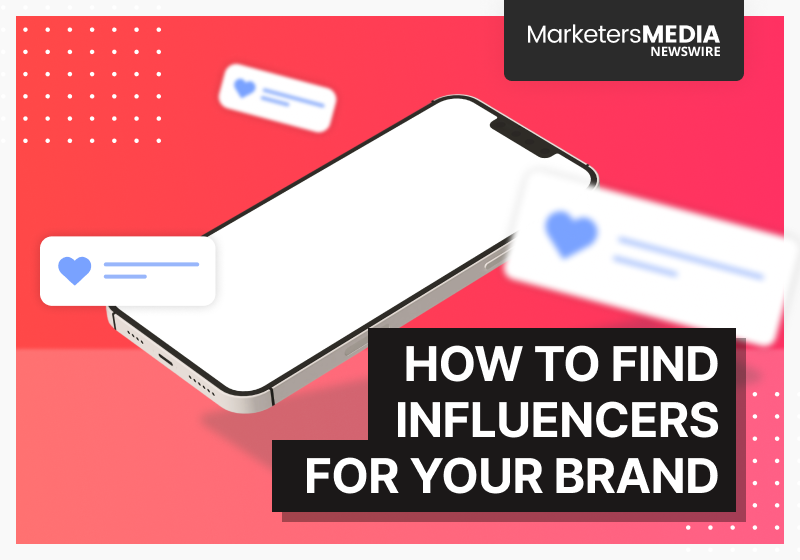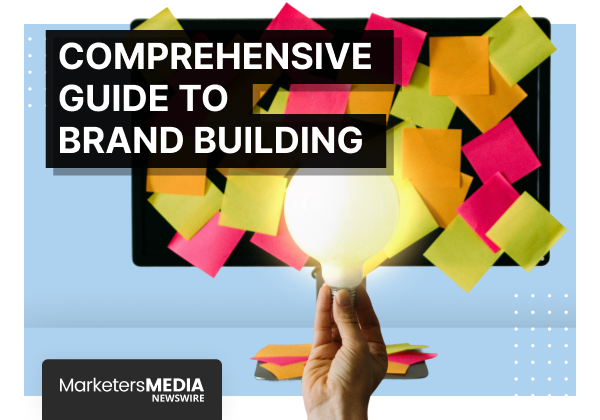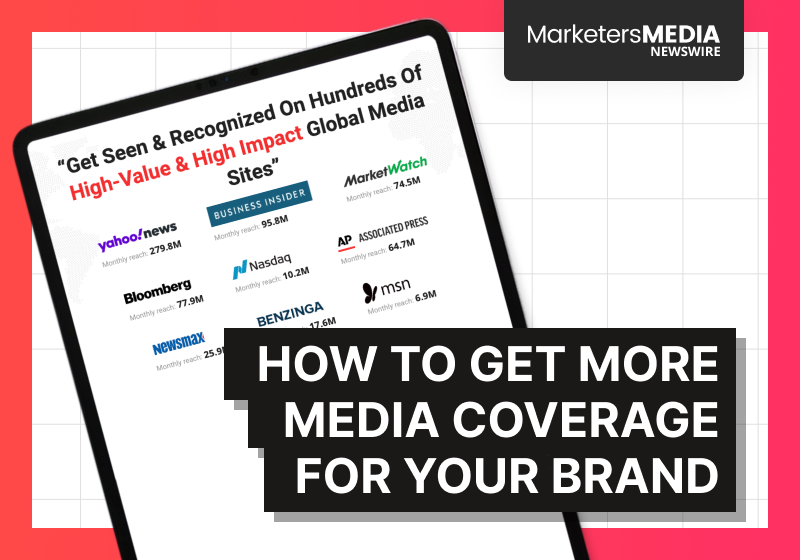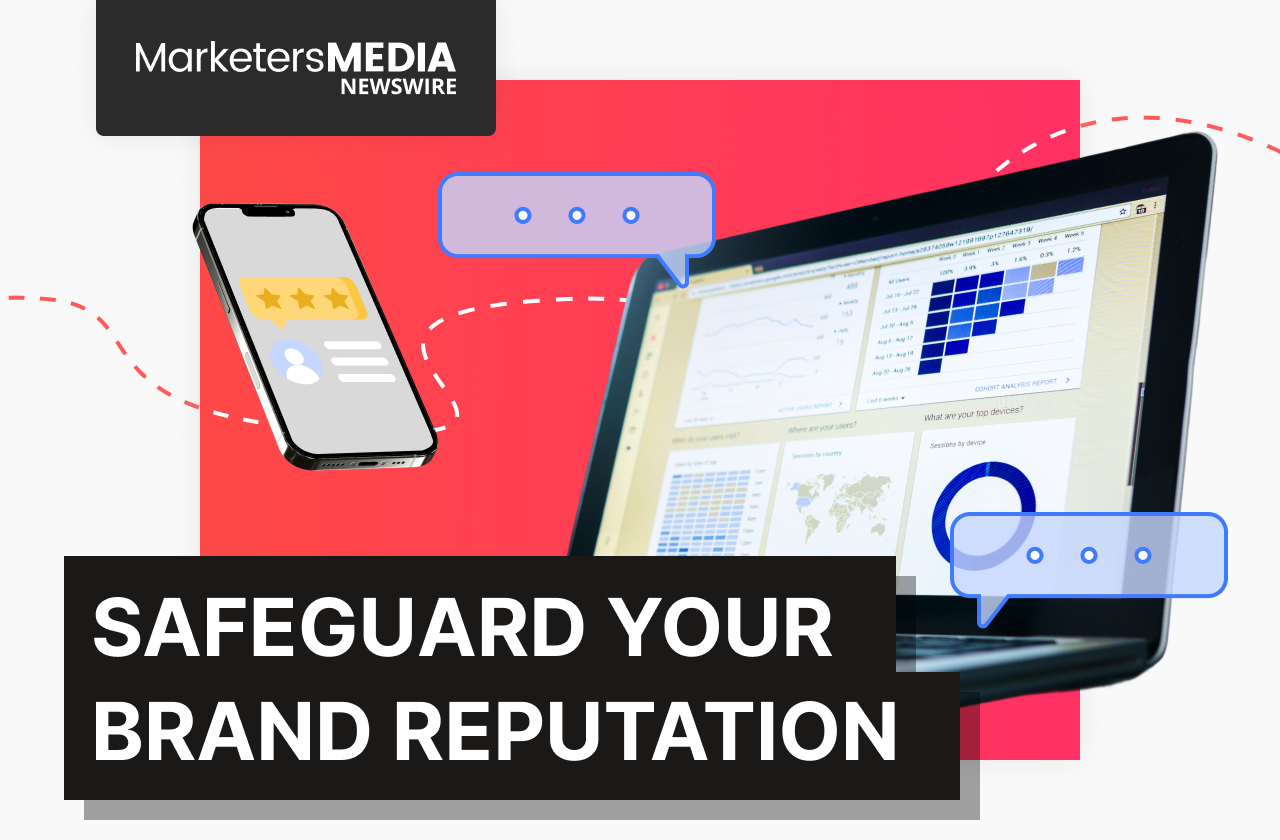Influencer marketing can feel like the secret weapon to reach your audience. But finding the right influencers? That's the real challenge.
Forget just chasing big follower counts. Genuine recommendations from trusted voices are what truly resonate. Connecting with influencers who love your brand, whose audience is your audience, and whose values align with yours is key. It's about authentic partnerships, not just numbers.
Ready to find the perfect influencers for your brand and see real results? Let's dive in!
Laying the Foundation: Defining Your Influencer Marketing Goals
Think of it like this: you wouldn't set sail without knowing your destination, right? The same goes for influencer marketing. Before you even think about scrolling through profiles, you need to get crystal clear on what you want to achieve.
Why is this step non-negotiable? Because your goals will directly dictate the type of influencers you need. Someone fantastic for building brand awareness might be totally wrong for driving direct sales.
So, grab a pen and paper (or your favorite digital note-taking app) and ask yourself some crucial questions.
- What exactly do you want influencer marketing to do for your brand?
- Are you looking to get your name out there and make more people aware of who you are?
Maybe your focus is on generating leads and getting people into your sales funnel. Or perhaps you're aiming for a direct boost in product sales.
Think beyond just the numbers too. Do you want to build trust and credibility within a specific niche? Maybe you need fresh, engaging content to share on your own channels. Or perhaps you're trying to reach a completely new audience segment.
Finally, don't forget the practical side: what's your budget for this? And how will you actually measure if your influencer efforts are working? Defining these metrics upfront is essential for knowing if you're on the right track.
Getting these foundational questions answered is the first, and arguably most important, step in finding the perfect influencer fit. Once you know where you're going, the journey becomes much clearer.
Identifying Your Ideal Influencer Profile
Okay, you know your destination (your goals). Now, who's the ideal captain to help you get there? This is where we move beyond just follower counts and start thinking about the qualities of the perfect influencer for your brand.
It's tempting to be wowed by big numbers, but remember this: a smaller, more engaged audience that perfectly aligns with your ideal customer is far more valuable than a massive following that includes a lot of uninterested people.
So, what makes an influencer the right fit? Think about these key characteristics:
- Relevance is King: Does their content naturally align with your industry, niche, products, or services? If you sell eco-friendly baby clothes, an influencer who primarily posts about fast fashion probably isn't the right match.
- Audience Alignment is Crucial: Take a good look at their followers. Are they the same people you're trying to reach? Consider their demographics (age, location, gender), interests, and lifestyle.
- Engagement Speaks Volumes: Don't just look at how many followers they have; look at how their audience interacts with their content.
- Are they getting genuine likes, comments, and shares?
- Are the comments thoughtful and relevant to the post?
- Beware of generic comments or suspiciously high follower-to-engagement ratios – these can be red flags.
- Content Quality and Style Matter: Is their content visually appealing, well-written, and consistent with your brand's aesthetic? Does their tone of voice resonate with how you want your brand to be perceived?
- Authenticity Builds Trust: Do they come across as genuine and trustworthy? Their audience should feel like they're getting honest recommendations, not just sponsored content. Look for transparency in their posts, especially when they're promoting products.
- Values Alignment is Increasingly Important: What do they stand for? Do their personal values and public persona align with your brand's ethics and beliefs? This is becoming more important to consumers.
- Consider Past Partnerships: Take a peek at their previous collaborations.
- Were they a good fit for those brands?
- How was the sponsored content received by their audience?
- Does their history show a pattern of promoting diverse products, or are they focused within a specific niche?
By carefully considering these characteristics, you'll move closer to identifying influencers who can genuinely connect with your target audience and drive meaningful results for your brand. It's about finding that sweet spot where their influence meets your objectives.
Where to Find Potential Influencers
Alright, you've defined your goals and you know what your ideal influencer looks like. Now comes the exciting part: the actual search!
Here are some key places to start your hunt:
Leveraging the Power of Social Media Platforms Themselves:
- Become a Search Bar Ninja: Use the native search functions on platforms like Instagram, TikTok, YouTube, and Twitter. Think about relevant keywords and hashtags that your target audience (and therefore potential influencers) would be using. For example, if you sell organic dog treats, try searching for #organicdogfood, #doghealthtips, or #responsiblepetowner.
- Dive Deep into Hashtags: Explore the feeds of relevant hashtags. Who are the creators consistently posting high-quality content within your niche? Who is engaging with those posts?
- Spy on Your Competitors (Strategically!): Who are your competitors partnering with? This can give you a good starting point, but remember to evaluate if those influencers are also the right fit for your brand. Don't just copy; find your own unique voices.
Here's an example how: Skincare brand Mario Badescu posted a Reel with lifestyle influencer Vanessa Zambito. By looking at Vanessa's followers, they discovered Elxi Elvina, a digital style creator with a large, relevant audience. Also, keep an eye on who gets a lot of likes or comments on your competitors’ posts, as they too could be potential influencers.
- Tap into Your Existing Community: Your current followers might already be following or even be micro-influencers or enthusiastic brand advocates! Keep an eye on who's consistently engaging with your content.
Exploring the World of Influencer Marketing Platforms and Tools:
- Consider Dedicated Platforms: There are numerous platforms designed specifically to help you find and manage influencers. These often offer advanced search filters (based on niche, audience demographics, engagement rates, etc.) and analytics.
- Examples (Note: Do your own research to find the best fit for your needs and budget): Mention a few popular options (e.g., Heepsy, Upfluence, AspireIQ, Klear). Briefly explain that these often come with subscription fees.
Venturing into Niche Communities and Forums:
- Think Beyond the Mainstream: Where does your target audience hang out online outside of the major social media platforms? This could be industry-specific forums, online communities (like Facebook groups), subreddits, or even specialized blogs with active comment sections. These spaces can be goldmines for finding passionate niche experts.
Don't Underestimate the Power of Your Network:
- Ask Around: Reach out to colleagues, industry contacts, and even satisfied customers. They might have personal connections or recommendations for influencers you haven't discovered yet.
Remember, the initial search is about casting a wide net. You'll then refine your list by evaluating potential influencers more closely, which we'll cover in the next section. Happy hunting!
Evaluating Potential Influencers: Digging Deeper
You've found a promising list of potential influencers – great job!
But before you reach out, it's crucial to put on your detective hat again and really vet these individuals. This is where you separate the truly impactful partners from those who might not be the right fit (or worse, could even harm your brand).
Think of this as your due diligence phase. Don't just rely on surface-level metrics; it's time to dig a little deeper. Here's what to focus on:
The Manual Profile Deep Dive:
Scrutinize Recent Content:
Take a close look at their last 10-20 posts. Is the quality consistent? Is the content engaging? Does it align with your brand's values and aesthetic?
Read the Room (Comments Section):
What kind of conversations are happening in their comments? Are they genuine interactions, or mostly generic praise? Do they actively engage with their audience? This gives you a feel for their community.
Bio and "About" Section Insights:
What do they say about themselves? Does it resonate with your brand's mission and values? Look for any information about their expertise or niche.
Spotting Red Flags:
Be on the lookout for anything that could be detrimental to your brand, such as:
- Controversial or offensive content.
- Inconsistent posting schedules.
- A history of negative reviews or scandals.
- Obvious signs of purchased followers or engagement (e.g., sudden spikes in followers, very low engagement despite a large following, repetitive or bot-like comments).
Leveraging Audience Analysis Tools (If Available):
Demographics and Interests:
If you have access to influencer marketing platforms or analytics tools, use them to verify the demographics (age, location, gender) and interests of their audience. Does it truly match your target customer profile?
Fake Follower Detection:
Many tools can help you identify the percentage of likely fake or inactive followers. A high percentage here is a major warning sign.
Audience Authenticity:
Some tools can also provide insights into audience authenticity and engagement quality.
Calculating Engagement Rate (The DIY Approach):
Why It Matters:
Engagement rate (likes + comments / total followers * 100) gives you a better sense of how actively involved their audience is.
How to Calculate:
Take an average of their engagement over several recent posts. Compare this to industry benchmarks (engagement rates vary by platform and niche). A consistently low engagement rate could indicate an inactive or disengaged audience.
The Sponsored Content Audit:
Transparency and Disclosure:
How do they handle sponsored content? Are they clearly disclosing partnerships using relevant hashtags (e.g., #ad, #sponsored)? Transparency is crucial for building trust with their audience.
Brand Alignment in Past Partnerships:
Review their previous sponsored posts. Were they a good fit for those brands? Did they integrate the products/services naturally into their content? Does their style of sponsored content align with your expectations?
By taking the time to thoroughly evaluate potential influencers, you're making a smart investment and significantly increasing your chances of a successful and impactful partnership.
Reaching Out and Making the Connection
You've done your research, you've identified your ideal candidates – now for the "hello"! Think of this as the start of a potential partnership, and you want to make a great first impression.
The golden rule here is personalization. Forget those generic messages; influencers can spot them a mile away. Show them you've actually taken the time to understand their work.
Here's how to approach your outreach:
First, find their preferred contact method, usually listed in their bio or on their website. Respect their chosen channel.
Then, craft a compelling and personalized subject line. Instead of a generic "Collaboration Opportunity," try something specific like, "Love Your [Specific Content]! Collaboration Idea from [Your Brand]" or "Excited About Your [Recent Post] - Partnership Potential with [Your Brand]."
In your message, start by introducing yourself and your brand briefly. Immediately reference something specific you admire about their content. For example, "Hi [Influencer Name], I'm [Your Name] from [Your Brand]. I especially enjoyed your recent [mention a specific piece]."
Next, clearly explain why you believe they'd be a good fit. Connect their content and audience to your brand. "We believe your audience, who are interested in [their niche], would appreciate [your product/service] because [explain the connection]."
Outline your collaboration idea concisely. Be specific about your goals and what you're proposing, but also be open to their creative input. "We're envisioning a collaboration on [campaign theme], perhaps featuring [suggest a content format]."
Crucially, be transparent about compensation or any other benefits you're offering, whether it's payment, free products, affiliate opportunities, or exposure.
Keep your message concise and professional, and always proofread before sending.
Finally, include a clear call to action, suggesting the next step, like a brief call or a request for more information. "Would you be open to a quick chat to discuss this further?"
Remember to be patient and follow up politely if you don't hear back right away. Building a genuine connection is the foundation of a successful influencer partnership.
Next Steps
Finding the perfect influencers for your brand isn't about striking gold overnight. It's a thoughtful process that requires strategy, research, and a genuine desire to build meaningful connections.
So, what are your next steps?
- Reflect on Your Goals: Take some time to clearly define your influencer marketing objectives using the questions we discussed earlier.
- Identify Your Ideal Influencer Profile: Based on your goals and target audience, outline the key characteristics you'll be looking for in potential partners.
- Start Your Search: Begin exploring the platforms and resources we discussed to identify potential influencers in your niche.
- Develop Your Vetting Process: Create a checklist or system to thoroughly evaluate the influencers you find.
- Craft Your Outreach Strategy: Prepare personalized templates and plan your approach for contacting potential collaborators.
Influencer marketing can be a powerful tool when done right. By following these steps, you'll be well on your way to finding the perfect influencers who can help you connect with your audience, build brand awareness, and achieve your marketing goals.
If you're new to the world of influencer marketing and want to understand the fundamental concepts before diving into finding influencers, you can read our comprehensive blog post on influencer marketing here.
Now, go out there and start connecting!
Free Press Release Template
Tell us where to send your PDF:








